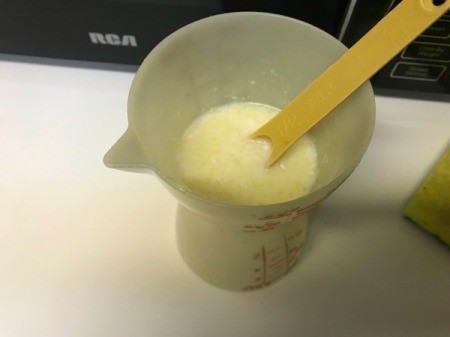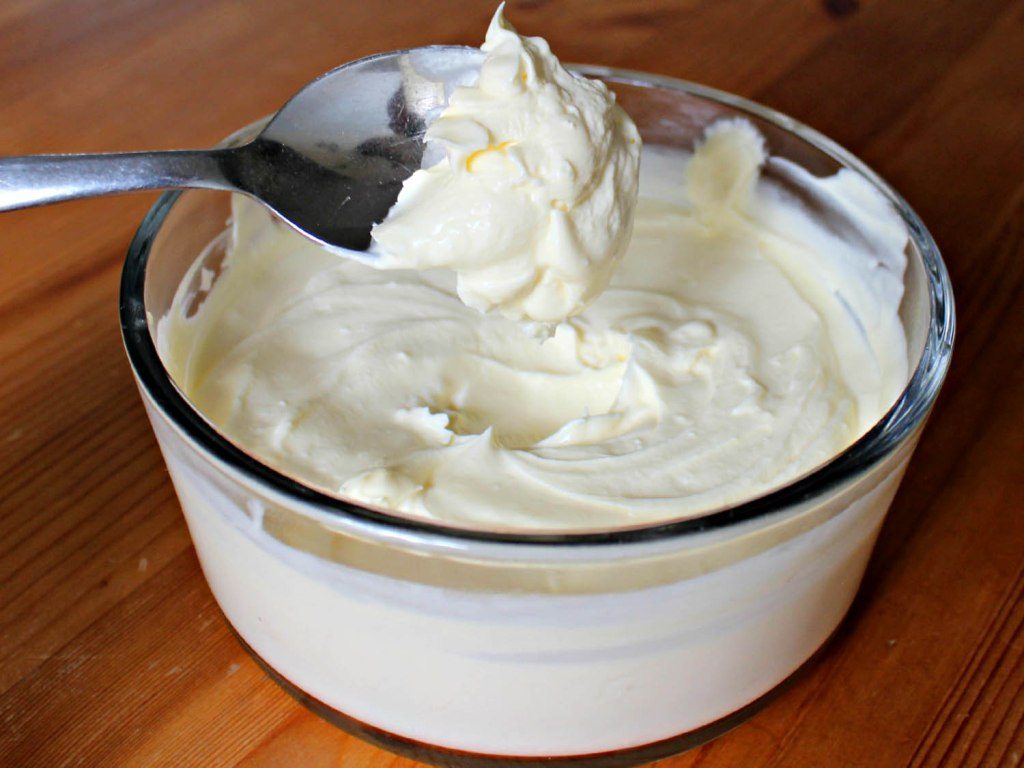


But even if you add milk to your coffee a few times a day, you’re consuming a lot of carbohydrates that would be best allocated somewhere else. You probably won’t use that much in your coffee, of course. If you’re following a very strict keto diet, meaning 20-25 grams of net carbs per day, nearly half-a-day’s allowable carbs are in a single glass of milk. Milk contains lactose, which is actually considered “milk sugar” and loaded with carbs. There are good keto alternatives, notably the natural sweeteners monk fruit, stevia and erythritol, so you’re not “stuck” drinking unsweetened black coffee. That means using sugar as a sweetener for your coffee is definitely verboten on a ketogenic diet. The worst “keto offender” among all foods is sugar, because sugar is almost 100% carbohydrates. That is, unless you take it with sugar and milk. Sugar-free soda is theoretically OK, but it’s usually discouraged because the unhealthy sweeteners in most diet sodas can cause people to crave other sweets.īy contrast, coffee is a great beverage choice for those who are on keto because it contains zero carbs. Soda, juice and beer have lots of carbs and are all on the “bad” list. Even small amounts of carbs can add up quickly and kick you out of ketosis.ĭeciding what to drink while following a keto diet can be difficult. So when you’re on keto, you have to keep a very close eye on the amount of carbohydrates you eat, eliminating most of them from your diet whenever and however possible. And getting into ketosis by eating a low-carb diet can take several days or more. There’s a catch, though as soon as the body gets enough carbs to make glucose, even if it only happens because the dieter “cheats” for a day, it’s kicked out of ketosis and the process has to start all over again. In other words, eating a very low-carb diet forces the body to enter ketosis, burn fat, and lose weight. In order to create ketones, the body must break down stored body fat – and as we all know, burning body fat is one key to weight loss. They’re produced by the liver when the glucose supply runs low and the body enters a state called ketosis. The source it uses: molecules known as ketones. When dietary carbohydrates are strictly limited, there’s only a few days’ worth of stored glucose to provide energy after that, the body must find an alternate energy source. Normally, the body breaks down the carbs we eat to create glucose, the blood sugar that serves as fuel for the brain and most bodily functions. Over the last 50 years, however, versions of low-carb diets like the Atkins diet were designed to help people lose weight, and more recent iterations like the paleo and ketogenic diets have been shown to be effective tools for short-term weight loss.

Low-carb eating plans were first used successfully to treat specific types of childhood epilepsy.

To understand which ones are OK to use – and why – it’s important to first review the basics of keto. In fact, you may find that some of them taste even better, or provide more health benefits, than your regular coffee with milk and sugar. There are plenty of keto-friendly options. If you’re following the keto diet, do you have to take your coffee black? Most non-dairy coffee creamers are high in sugar and carbs as well, which leads to a big problem for regular coffee drinkers. Adding milk to your tea or coffee is a bad idea, and there are limits on how much cream you can use before you get yourself into trouble. Water is fine on keto, as are tea and coffee – but with a big caveat for those last two. Needless to say, almost all of the drinks we commonly consume every day, like soda, fruit juice, milk, beer and mixed drinks, are loaded with sugar. On a keto diet, you have to drastically restrict your carbohydrate intake, and the number one “carb culprit” is sugar. They may also know this: most beverages are off-limits. If there’s one thing that most people know about the keto diet, it’s this: there are a whole lot of foods and beverages that you’re not allowed to eat or drink.


 0 kommentar(er)
0 kommentar(er)
